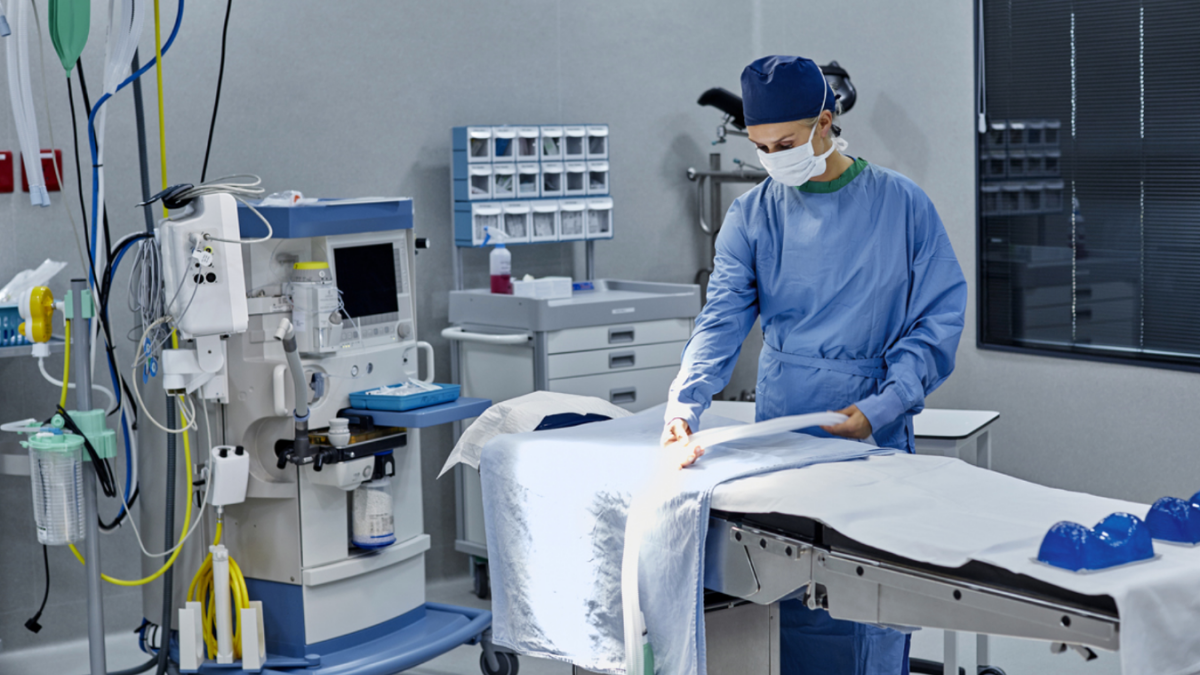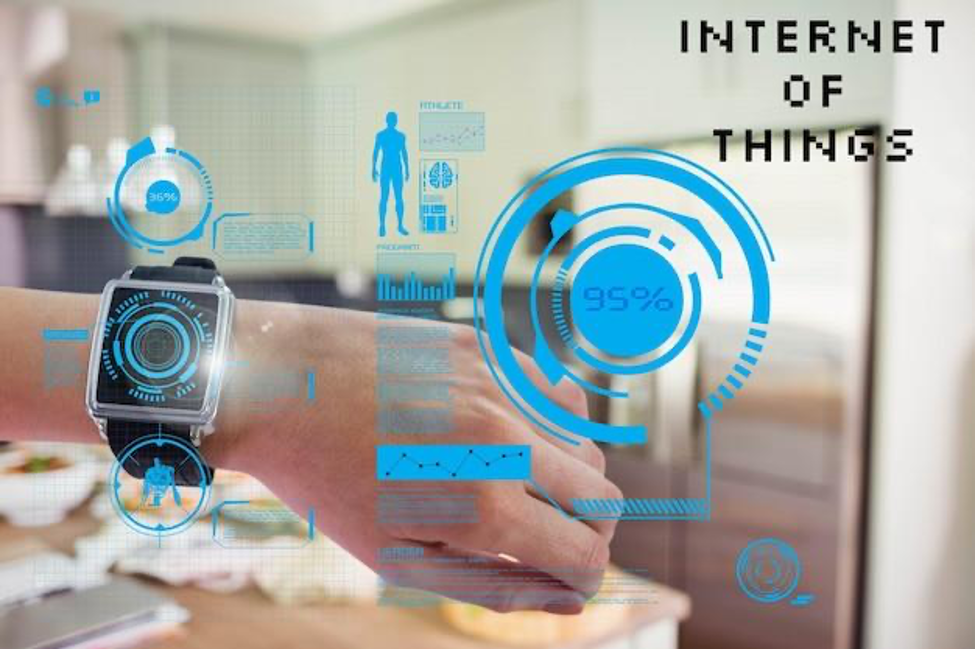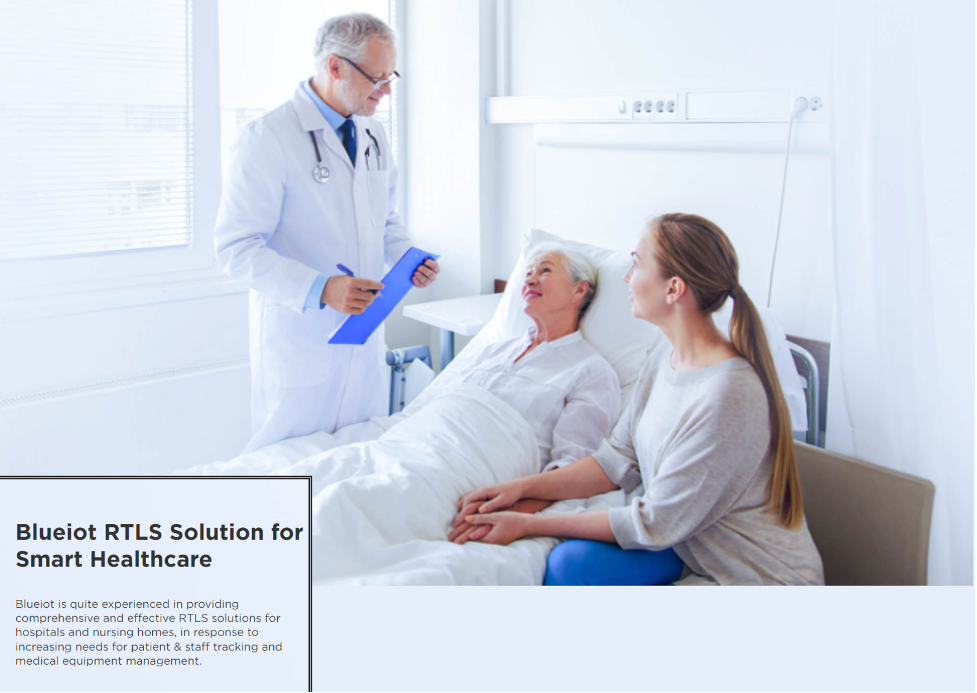
The shortage of medical resources, such as healthcare professionals, hospital beds, and medical equipment, has been a persistent challenge for many healthcare systems around the world. This scarcity has resulted in long wait times for patients, delayed diagnoses and treatments, and increased healthcare costs. As a solution to these challenges, many healthcare providers have increasingly turned to digital technologies to improve access to care and bridge the gap caused by the shortage of resources. The real-time location system (RTLS) in healthcare is mentioned many times as a common and urgent need in digitalization.
Table of Contents
What Is RTLS in Healthcare Industry?
RTLS in healthcare is a real-time location system that utilizes wireless transmitters (or tags), receivers, and software to track the exact locations of medical equipment, personnel, and patients.
This system helps improve the efficiency and safety of healthcare operations by allowing staff to locate people and materials for necessary treatments or procedures quickly and providing data on patient flow and utilization of medical services.
This information can be used to better plan for future needs and ensure that the right resources are always available.
Applications of RTLS in the Healthcare Industry
RTLS in healthcare has a variety of applications. Included:
- Identification record: The system can store patient records and other important information, such as medical history, medication needs, and vital statistics. This information is then accessible to authorized personnel with just a few clicks on the management platform.
- Automatic monitor: RTLS systems can help healthcare professionals monitor the activities of patients more closely. This can help detect changes in vital signs, alert medical staff to potential issues, and ensure that critical care is provided promptly.
- Efficient management (including asset tracking): RTLS systems in healthcare enable healthcare asset tracking in a more accurate and efficient way. By keeping a close eye on medical equipment, medications, and other resources, RTLS can help reduce the time and energy spent on locating items.
- Patient tracking: The system can monitor patient movement within healthcare facilities and ensure that all patients are accounted for at all times. This level of security is especially important in high-risk areas like emergency rooms or surgery wards, where mistakes could lead to serious consequences.
- Automatic alarming: RTLS systems can generate alerts when abnormal data is detected. This can help healthcare staff respond quickly in critical situations and ensure the safety of all involved.

Challenges for RTLS in Healthcare Industry
RTLS market is facing several challenges raised by the healthcare industry, including:
- Cost: RTLS systems involve significant hardware and software installation investment costs. They also require ongoing maintenance and updates to ensure optimal performance.
- Privacy concerns: Since RTLS systems track individuals’ movements, privacy is important. Healthcare organizations must adhere to strict privacy regulations to protect patients’ information.
- Accurate tracking: Accurately tracking people and objects can be challenging due to environmental factors such as walls, furniture, and other obstacles.
- Complex integration: RTLS systems must be integrated with existing healthcare infrastructure to provide useful data. This can be difficult because of the complexity of the system and its need for ongoing maintenance.
- Battery life: Most RTLS tags rely on battery power to function. Battery life is an important consideration when selecting the right RTLS tag, as it will determine how often the batteries need to be replaced or recharged. Poor battery life could prevent the RTLS tag from functioning properly and cause unnecessary disruption.
- Support: Many healthcare organizations need more training and resources to operate RTLS systems effectively. Healthcare organizations must have access to technical support to ensure optimal system performance.
- Size: If an RTLS tag is too bulky, it may be an issue in portability. So, you are suggested to choose an RTLS tag with a suitable shape and weight to integrate into the targeted device.
- Capacity: RTLS systems need to be able to handle large amounts of data, as well as track multiple people and objects simultaneously. Choosing a high-capacity system is important to ensure it can accommodate future growth.
- Compatibility: For maximum efficiency, RTLS systems must be compatible with existing healthcare technology, such as sensors, monitors, and scanners. Selecting a system compatible with other technologies ensures seamless integration and optimal performance.
How Does Blueiot Meet All Your Requirements?
If you are looking for an advanced solution to the challenges posed byRTLS in healthcare, Blueiot can offer a comprehensive package of products and services with the following advantages:
- Strict privacy protocols: ensuring that patient data is secure.
- Stably high accuracy: reaching 0.1-0.5m preciseness.
- Broad Ecosystem: They allow all kinds of Bluetooth devices to access, ranging from Bluetooth 4.0 to Bluetooth 5.1.
- Low energy consumption: Their average battery life is up to five years.
- Comprehensive support and training: helping healthcare organizations get the most out of their RTLS systems.
- Small size: making them easy to integrate into existing healthcare infrastructure.
- Large capacity: An AoA anchor can interconnect with 500 tags within 1 second.
The devices are designed to be a perfect solution for indoor locating usages. They offer excellent battery life for maximum reliability and accuracy in tracking people and objects. Their advanced technologies also minimize interference from other sources, making it easier to monitor operations without disruption.

Wrapping Up
Blueiot is dedicated to improving the world through innovative location tracking and navigation solutions. They are pushing the boundaries of indoor positioning accuracy, scalability, and efficiency by utilizing Bluetooth AoA technology.
As technology advances, Blueiot continues developing cutting-edge solutions that make tracking people and objects in difficult indoor environments easier than ever. Their comprehensive suite of products and services helps healthcare organizations achieve maximum accuracy, reliability, and security in their RTLS systems. Contact Blueiot now and get your tailored Bluetooth locating solution!